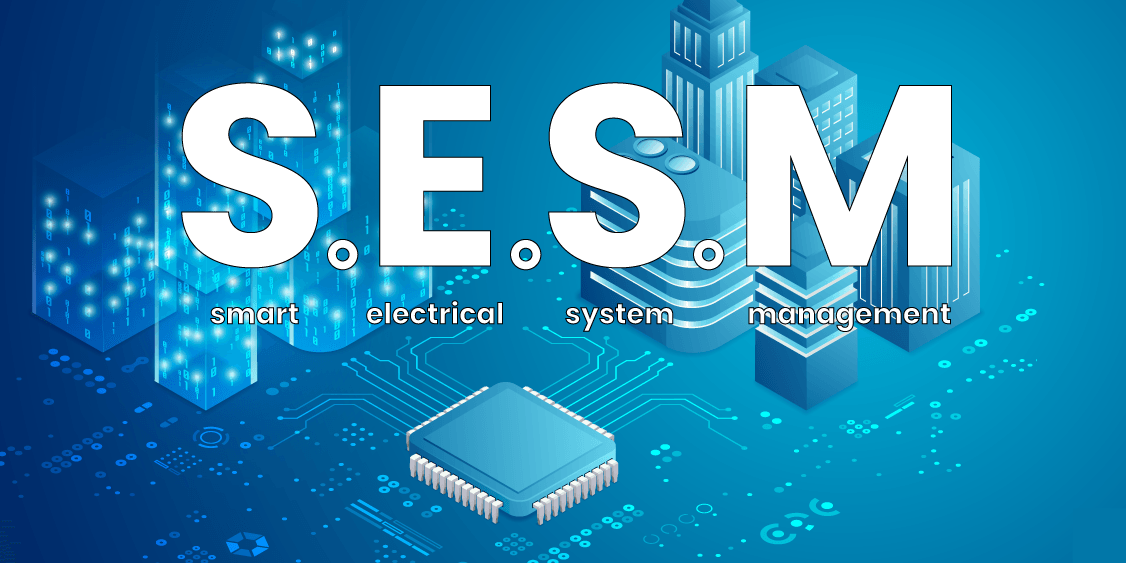Introduction
In our rapidly evolving world, the demand for safe, reliable, and efficient electrical systems has never been greater. Enter Smart Electrical System Management (SESM), a revolutionary approach that promises to redefine how we manage and interact with electrical systems, making our lives easier, our buildings safer, and our power consumption more efficient. SESM empowers electrical professionals with the knowledge and tools needed to master electrical system management in the 21st century. This blog post delves into the world of SESM, outlining its numerous benefits and painting a vivid picture of a world powered by smart electrical management.
The SESM Revolution
SESM is built upon advancements in technology that allow for a comprehensive, data-driven approach to managing electrical systems. It involves a range of innovative concepts like power mapping, digital twinning, IoT-enabled devices, predictive maintenance, data analytics, load mapping, energy efficiency measures, and compliance reporting. This integrated strategy results in more accurate, efficient, and effective management of electrical systems, from residential homes to commercial buildings and industrial complexes.
- Enhanced Safety
A world with SESM is a world with safer homes and buildings. By providing real-time data, detecting potential faults before they become problems, and maintaining updated documentation, SESM significantly reduces the risk of electrical fires, equipment damage, and power outages. Digital twinning technology allows for remote monitoring and early detection of issues, minimizing the need for potentially risky hands-on troubleshooting. Additionally, with SESM's focus on compliance reporting, electrical systems will consistently adhere to the most current safety standards and regulations, contributing to a safer environment.
- Improved Energy Efficiency
SESM also holds the promise of a more energy-efficient future. By providing detailed insights into energy usage patterns, it can help identify areas of inefficiency and propose measures to optimize energy use. This can range from minor adjustments to significant overhauls, all contributing to a more sustainable world. Energy conservation is not just about saving money; it's about reducing our environmental footprint, and SESM is paving the way for greener electrical systems.
- Predictive Maintenance and Reduced Costs
In a SESM-dominated world, the days of reactive maintenance are numbered. Through the power of data analytics and predictive maintenance, problems are detected and resolved before they can cause significant damage. This reduces unexpected repair costs, decreases system downtime, and extends the life of electrical equipment. By forecasting issues before they manifest, SESM helps professionals be proactive rather than reactive, saving time, energy, and resources.
- Better Customer Service and Value
For electrical service providers, SESM is a game-changer. It equips them with the tools and knowledge to deliver superior service, enhancing their reputation and customer satisfaction. A service provider employing SESM principles will not only fix the customer's immediate problem but also proactively identify and solve potential issues, offer energy efficiency solutions, and provide valuable advice for future system management.
- Seamless Integration with IoT
The Internet of Things (IoT) has taken the world by storm, and SESM is no exception. The integration of IoT-enabled devices within the SESM framework offers endless possibilities. From smart appliances that provide real-time power consumption data to sensors that detect circuit overloads or faults, IoT enhances the scope and effectiveness of SESM. This interconnectivity brings convenience, control, and intelligent automation to electrical system management.
The Future of SESM
As the world embraces the digital revolution, SESM will continue to evolve and adapt. Innovations in artificial intelligence (AI), machine learning, and big data analytics will further enhance its capabilities, making electrical systems smarter and more efficient. We envision a future where SESM will be a standard feature of every building, where SESM will be a standard feature of every building, seamlessly integrated into our daily lives. The benefits will extend beyond individual buildings to city-wide electrical grids, where SESM can optimize power distribution, reduce energy wastage, and improve overall system reliability.
Moreover, the adoption of SESM will lead to a shift in mindset towards proactive electrical system management. Instead of waiting for issues to arise, professionals and homeowners will embrace a preventive approach, leveraging the power of data and analytics to anticipate and address potential problems before they impact operations or safety.
SESM will also foster a culture of continuous improvement. With data-driven insights, professionals can identify patterns, trends, and opportunities for system optimization. By monitoring performance metrics and energy usage, they can fine-tune electrical systems, implementing measures that save costs, increase efficiency, and reduce environmental impact.
In conclusion, Smart Electrical System Management (SESM) represents a transformative leap in how we manage, monitor, and optimize electrical systems. By harnessing the power of advanced technologies, data analytics, and intelligent automation, SESM offers a range of benefits, from enhanced safety and improved energy efficiency to predictive maintenance and superior customer service. The future of SESM is bright, as it becomes an integral part of our electrical infrastructure, revolutionizing the way we interact with power and ensuring a sustainable and prosperous future for all.
Embrace the SESM revolution and join us on the journey towards a world powered by smart electrical management. Together, we can create a safer, greener, and more efficient future for generations to come.

